Galerie
-
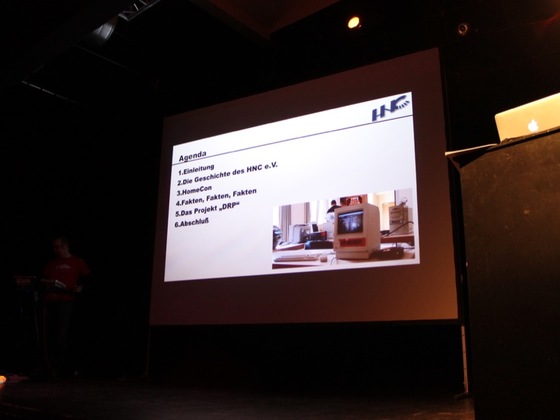
webmontag #67
- 1.094
- 0
- 0
-
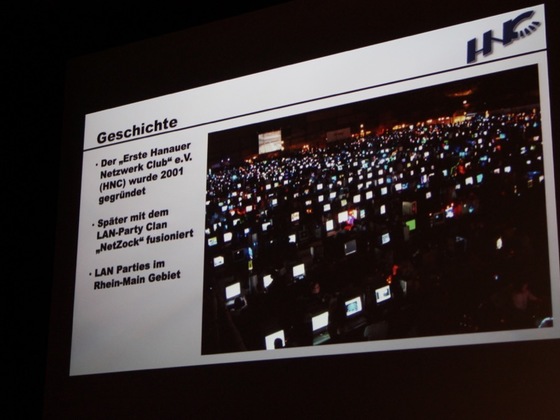
webmontag #67
- 1.098
- 0
- 0
-
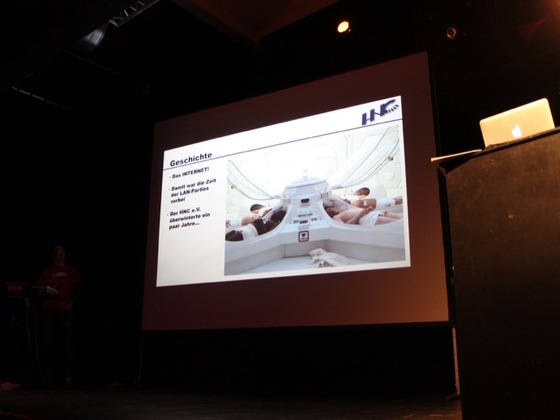
webmontag #67
- 1.302
- 0
- 0
-

webmontag #67
- 1.089
- 0
- 0
-
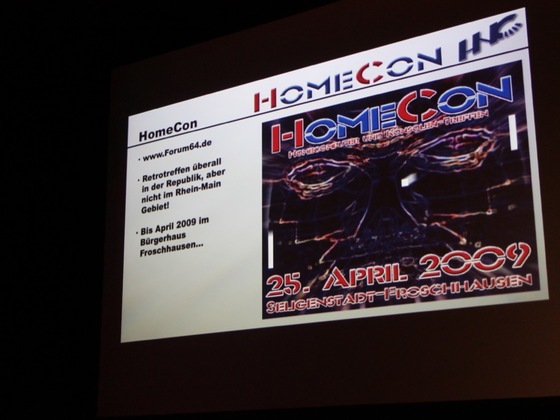
webmontag #67
- 1.059
- 0
- 0
-
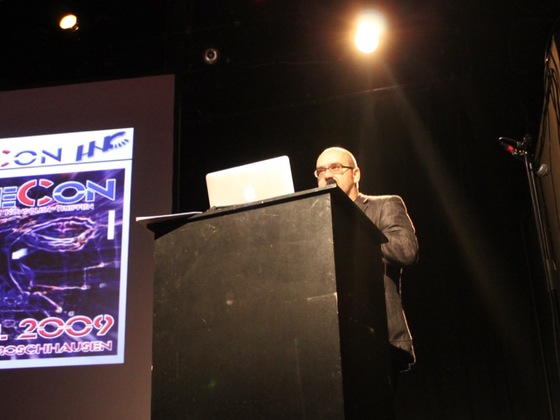
webmontag #67
- 1.044
- 0
- 0
-
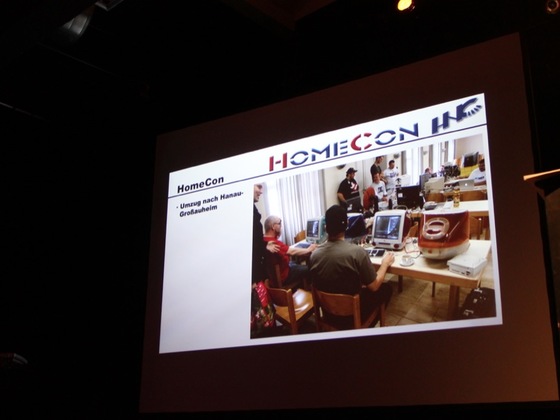
webmontag #67
- 1.128
- 0
- 0
-
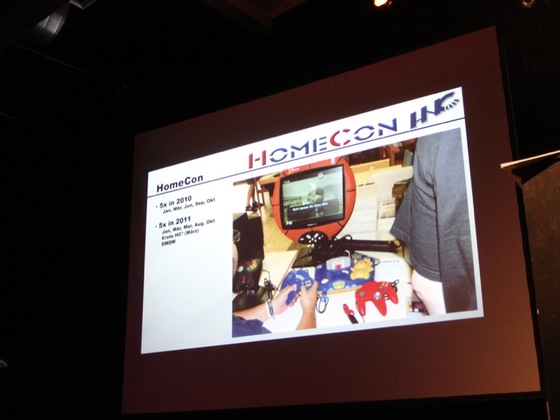
webmontag #67
- 1.104
- 0
- 0
-
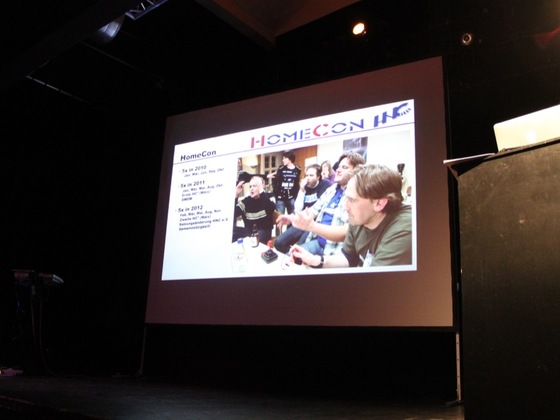
webmontag #67
- 1.269
- 0
- 0
-
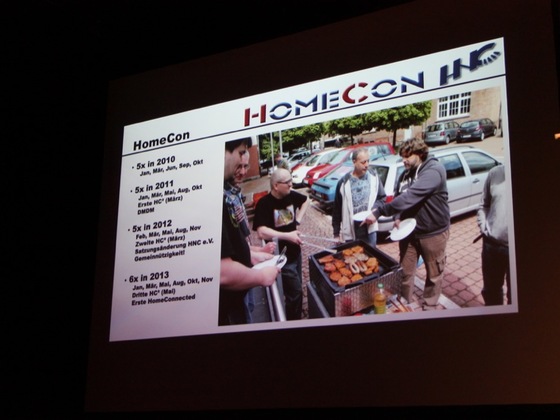
webmontag #67
- 1.288
- 0
- 0
-

webmontag #67
- 1.113
- 0
- 0
-

webmontag #67
- 1.282
- 0
- 0
-
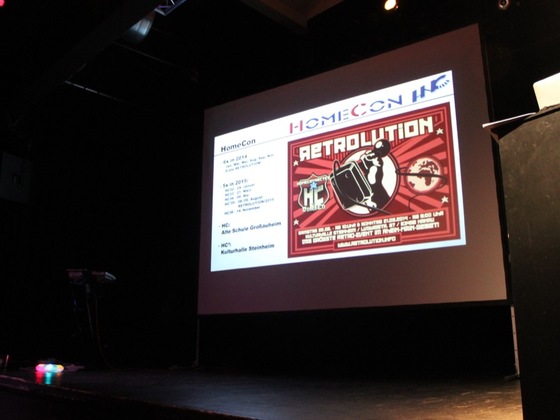
webmontag #67
- 1.357
- 0
- 0
-
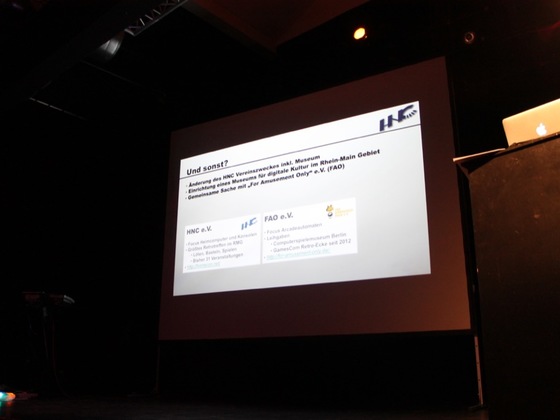
webmontag #67
- 1.337
- 0
- 0
-
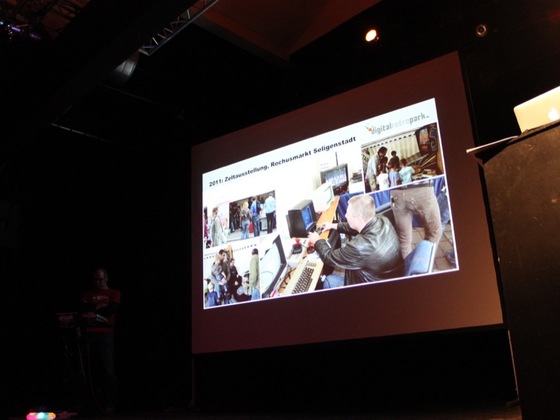
webmontag #67
- 1.178
- 0
- 0
-

webmontag #67
- 1.280
- 0
- 0
-
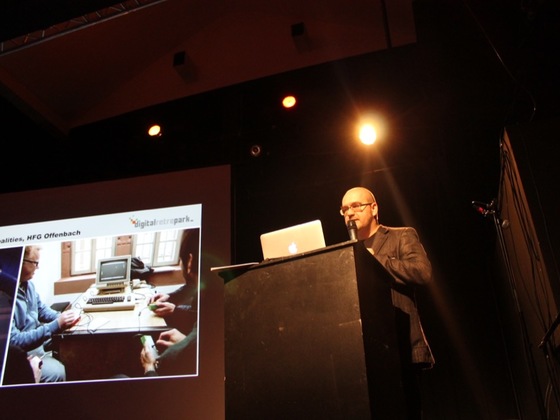
webmontag #67
- 1.192
- 0
- 0
-
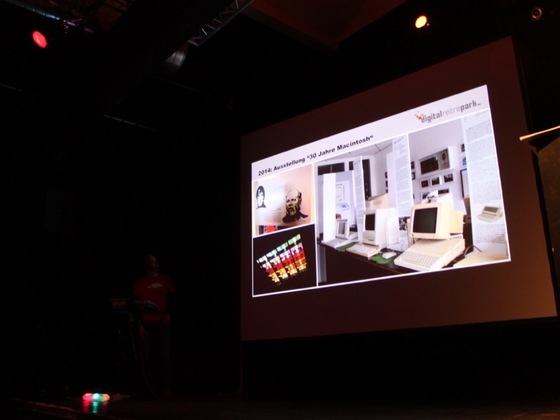
webmontag #67
- 1.195
- 0
- 0
-
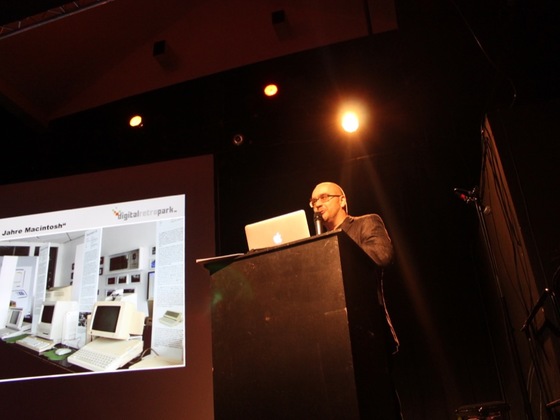
webmontag #67
- 1.109
- 0
- 0
-
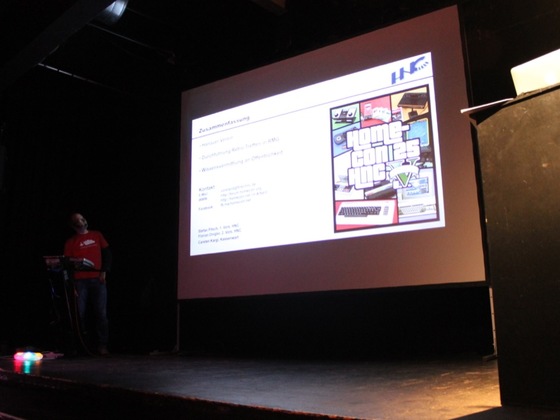
webmontag #67
- 1.147
- 0
- 0
-
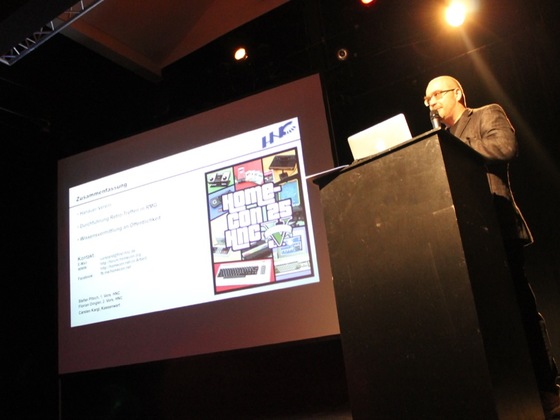
webmontag #67
- 1.170
- 0
- 0
-
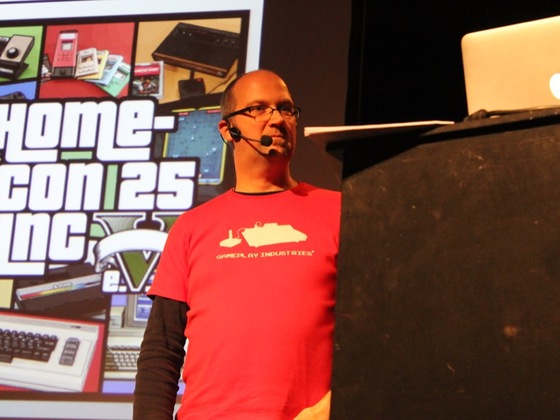
webmontag #67
- 1.182
- 0
- 0
-

webmontag #67
- 1.195
- 0
- 0
-

webmontag #67
- 1.153
- 0
- 0
-

webmontag #67
- 1.124
- 0
- 0
-
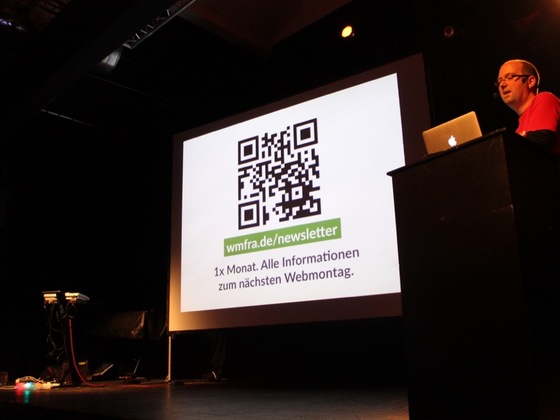
webmontag #67
- 1.196
- 0
- 0
-
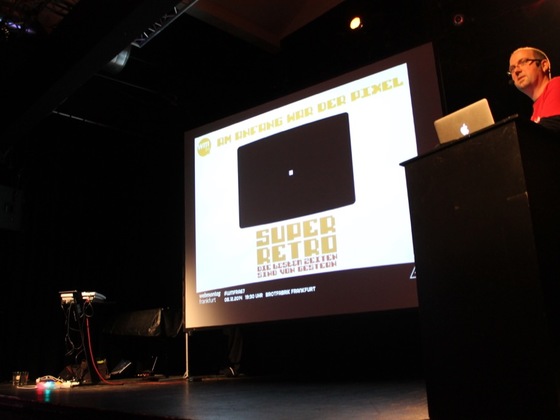
webmontag #67
- 1.173
- 0
- 0
-
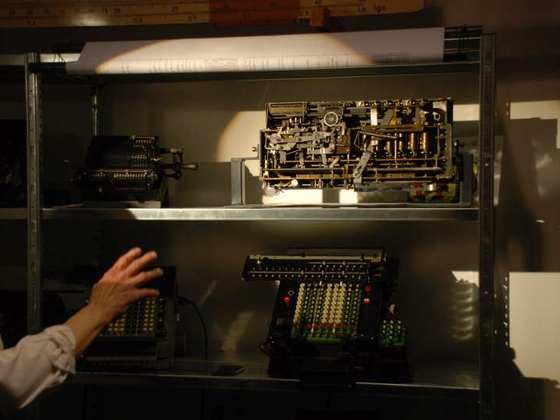
Mechanische Rechenmaschinen der 1920/30er Jahre konnten bereits Multiplikation und Dividieren
- 1.115
- 0
- 0
-
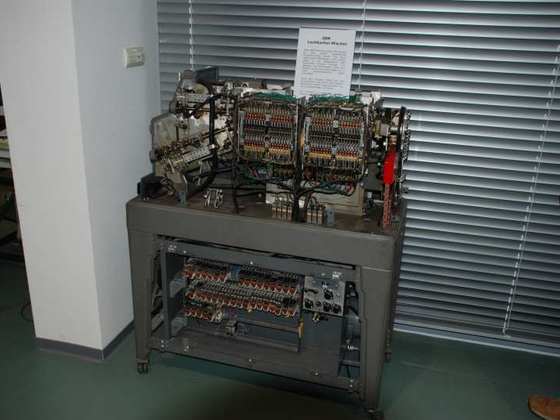
IBM Lochkartenischer von 1959
- 1.023
- 0
- 0
-
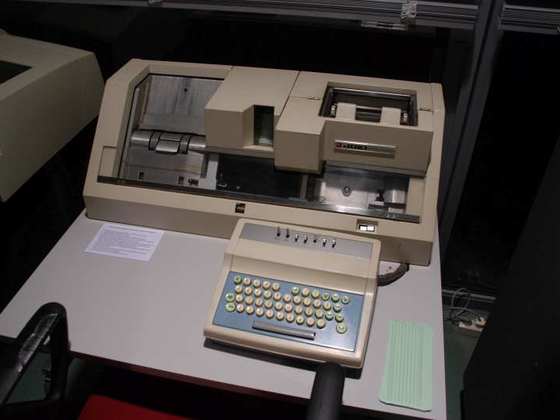
JUKI Lochkartenstanzer ab 1971
- 1.095
- 0
- 0

